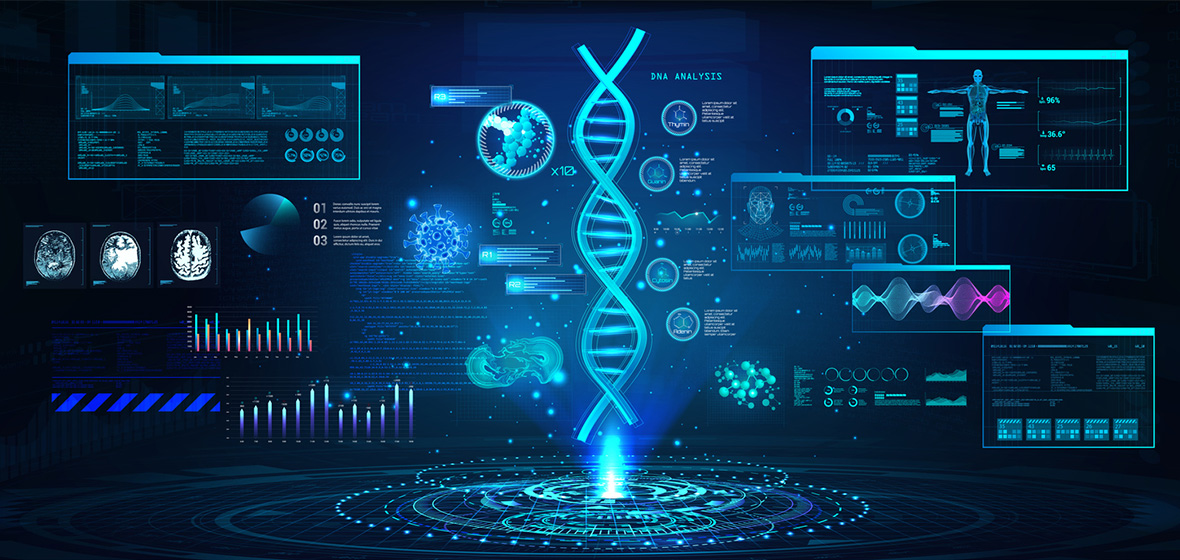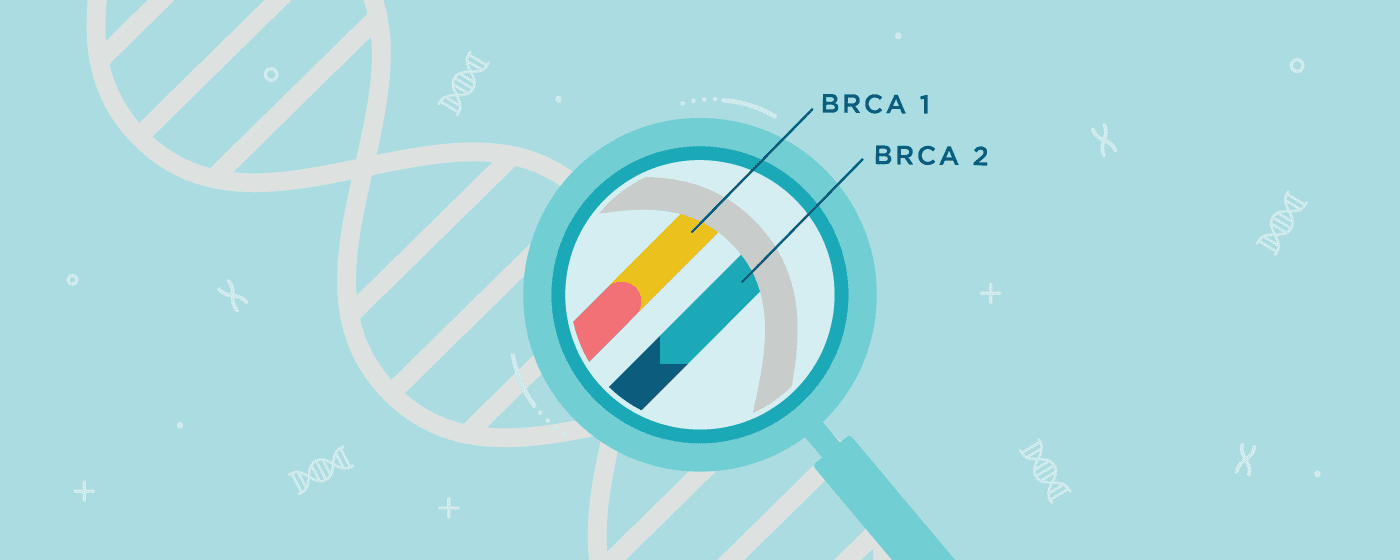DNA Testing - Genealogy & Paternity DNA test
The application of DNA analysis techniques in exploring the entire human genome has greatly assisted in determining parentage with significantly higher accuracy than traditional identification methods.
.
What is a DNA paternity test?
DNA paternity test is a test that analyzes the DNA information of individuals to determine the genetic relationship between them.
DNA is the material that carries genetic information because a part of the parents' DNA is passed on to the child when the child is born. Therefore, children will have many things in common with each other and with their parents. The number of common characteristics on the DNA gradually decreases as the blood relationship becomes more distant (grandparents - grandchildren, aunts - uncles, cousins, ...)
.
Scientific basis for DNA paternity testing
DNA is the genetic material that contains the “blueprints” and instructions for all functions and development of living organisms. DNA is arranged into 22 pairs of autosomes and 1 pair of sex chromosomes. The DNA sequence remains relatively unchanged throughout a person’s lifetime.
.

Karyotype of a random woman
.
DNA is also a material that carries genetic information, which means that when parents give birth to children, a part of their DNA is passed on to their children. Therefore, children will have many things in common with each other and with their parents, the number of common characteristics on DNA gradually decreases as the blood relationship becomes more distant (grandparents - grandchildren, aunts - uncles, cousins, ...). This is the second basis of bloodline testing by DNA/genetics.
.
In addition, most cells in the body contain DNA and the DNA information in each cell is the same (except in the case of mosaicism). That is why blood, hair, saliva, oral mucosa, etc. samples can be used for DNA paternity testing.
.
When conducting a paternity test, scientists only consider specific markers without the entire genome because analyzing the entire genome would take a lot of time without improving the accuracy of the results. Therefore, a paternity test usually uses only 23 markers to give almost absolute results.
.
At what age can a DNA paternity test be performed?
In fact, it is possible to participate in DNA testing through the fetus before birth, so there is no age limit for blood testing. Newborns can perform DNA testing with a very small sample, such as using 1/4 drop of blood (based on the child's free DNA in the mother's blood) or a cotton swab containing cells in the mouth, a small piece of the umbilical cord that has fallen off. For prenatal testing, amniotic fluid containing cells from a 3-month-old fetus can be used.
.
DNA testing confirms paternity at Phacolab
OUR SERVICES
- Analysis of direct blood relations (father/mother - son)
- Analysis of grandfather - grandson relationship
- Analysis of brother - younger brother relationship
- Analysis of kinship relations (uncle - nephew)
- Bone identification
- Criminal and legal identification
- Making personal DNA cards
.
PATHOLOGICAL SPECIMEN
- Whole blood sample
- Oral mucosal cell sample
- Rooted hair sample (Only collect hair samples from people > 3 years old)
- Morning mouthwash sample
- Dry, clean, fallen umbilical cord sample (about 1cm long)
- Fingernail or toenail sample after one cut
- Special samples: Cigarette filter, sperm, urine,...
.
OUR TECHNOLOGY
Using Eppendorf AG 22331 Hamburg PCR system (Germany) and Seq Studio gene analysis system (Applied Biosystems) to amplify individual-specific DNA fragments and detect them using a fully automated capillary electrophoresis system with high accuracy.
.
SENSITIVITY/ SPECIFICITY
>99.9999%
.
RESULT DELIVERY TIME
1-2 days from receipt of sample
.








